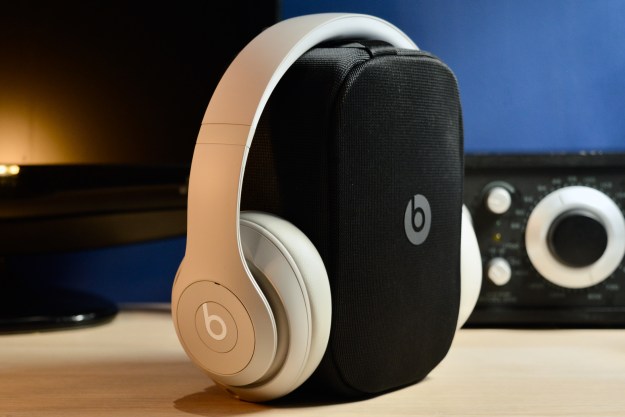Tivoli Audio’s Model One desktop radio became an instant classic the moment it arrived. With its furniture-grade wood cabinet, delightfully retro analog knobs for tuning, volume, and source selection, and its warm, rich sound, it remains a popular choice for folks who want a simple and elegant source of music and radio.
So when Tivoli announced in 2017 that it was going to update the Model One for the digital age, I had high hopes that it would be just as satisfying to use and listen to as the original. Unfortunately, that didn’t turn out to be the case. A poorly executed mobile app resulted in a confusing and limited set of streaming options, which ultimately undermined the whole “digital” aspect of the $350 Model One Digital (MOD).
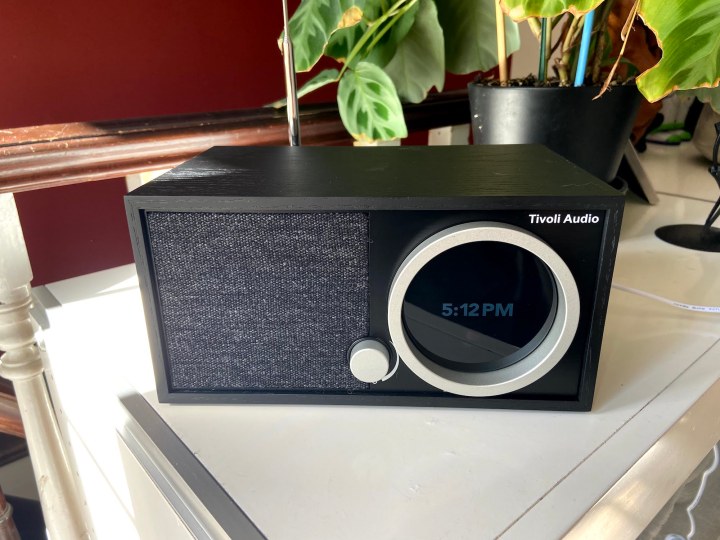
Fast forward more than three years and Tivoli is back with a second-generation Model One Digital. It looks identical on the outside but goes right back to the drawing board for its streaming capabilities.
Does this new version fix the original’s flaws? I think it does. But does it stand up to new competitors from Sonos and Bose? It depends just how much you love the look.
Same body, different soul
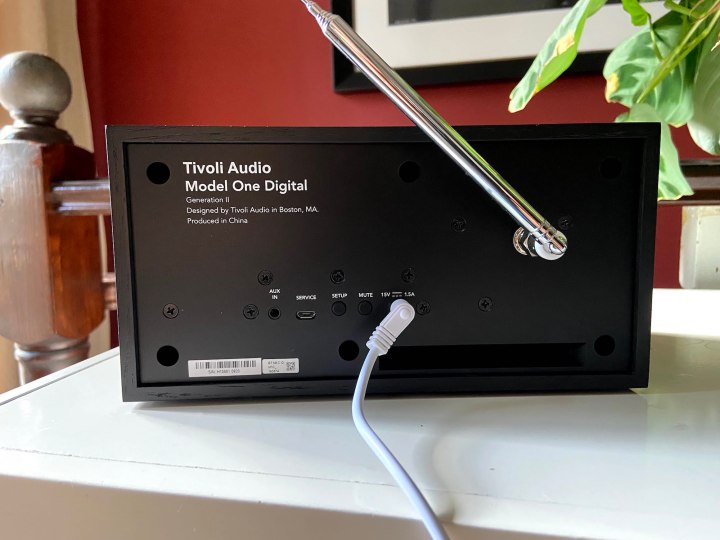
It really is impossible to tell the two versions of the Model One Digital apart just by looking at them. The high-grade wood surround, the fabric-covered speaker, the combo power-source-volume knob, and the tactile aluminum “MOD ring” that lets you access the speaker’s functions — they’ve all returned.
Somewhat sadly, so has the small, square color display that sits in the middle of the MOD ring. In 2018, I said I wished it occupied the full space within the ring, and I still feel that way today.
Around the back, you’ll find the 3.5mm auxiliary input for analog audio sources, a Micro USB port for factory servicing, a set-up button, and a mute button. The presence of the mute button on the back panel seems like an odd choice — it’s not easy to locate with just your fingers, and yet it’s something you’ll probably want to use fairly often.
My guess is that Tivoli didn’t want to change the layout of the back panel from the original Model One Digital, so it replaced the Party Mode button (which you could use to share listening sessions to other Tivoli wireless speakers, but it never worked reliably) with the mute button.
Overall though, the second-gen is just as attractive to look at as its predecessors — important when you’re spending this kind of dough.
Wireless done right
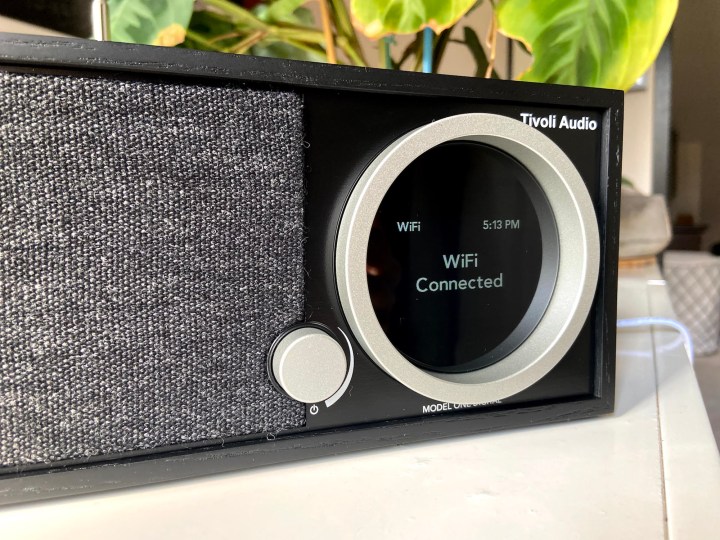
Tivoli’s biggest mistake with the original MOD was in thinking it could deliver a Sonos-style multi-device, multi-source, and multiroom experience. The Tivoli Audio ART app that it used to do this was messy, hard to navigate, and lacked support for a variety of popular streaming music services.
This was made worse by the fact that unless you were a Spotify listener, there was no other way to stream to the MOD over Wi-Fi. Bluetooth was way easier to use, but came at the cost of sound quality.
The new MOD eliminates the ART app. Instead, Tivoli has outsourced the MOD’s Wi-Fi streaming capabilities to Apple (via AirPlay 2 support) and Google (via Chromecast support). The result may not be as fully-featured as a Sonos speaker, but it works and it’s reliable, and it’s easy to use.
Setting the MOD gen 2 up as either an AirPlay or Chromecast speaker (or both!) is a cinch. For AirPlay, the MOD shows up in your iOS device’s Wi-Fi list as an available AirPlay speaker. For Chromecast, you need to use the Google Home app. This takes a few extra minutes, but once the MOD has been added to your home, you’ll be able to control its volume and group it with any other Chromecast speakers you may have.
Since virtually all music streaming apps support one or both of these Wi-Fi technologies, you send a huge variety of music to the MOD at the highest possible quality.
Now with a remote control

Another big improvement to the 2nd generation MOD is the inclusion of a full-featured remote control. The slender remote has buttons for every function, including easy access to the six assignable radio presets. Because there’s no longer a dedicated app, all settings changes are done on the MOD itself, and the remote lets you access them via the settings cog button.
If you’re thinking of using the MOD as a bedroom speaker, the remote is a must-have, letting you place the speaker anywhere, while you control it from your bed (or anywhere there’s line-of-site to the MOD).
Pro tip: The instructions don’t tell you this, but the four-way directional buttons can be used to play/pause, and track skip forward/back when using Bluetooth, AirPlay, or Chromecast.
Solid sound, sans settings
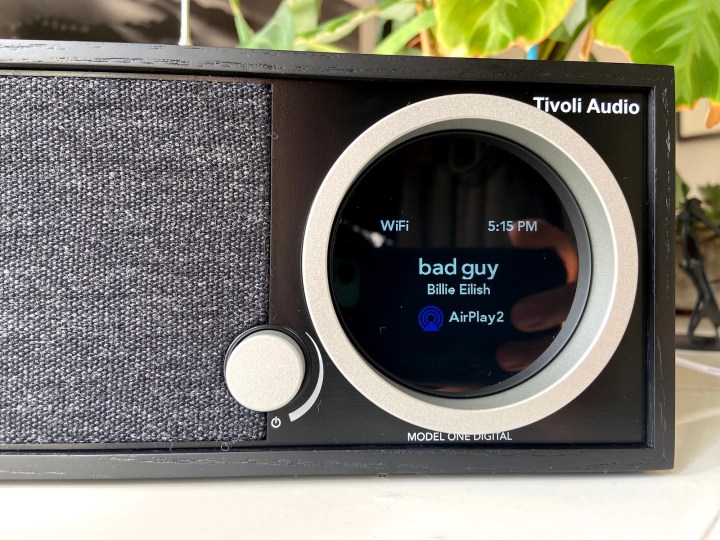
Tivoli prides itself on the sound quality of its products and the new Model One Digital is as satisfying to listen to as both the original as well as the analog Model One. Which is to say, you get a rich, warm sound signature and plenty of volume. In fact, the MOD gets impressively loud if you want it to, and does so without any distortion.
But the acoustic tuning tends to favor lows, and highs and can leave the midranges feeling a tad muddy at times. Because of this, I wish Tivoli had included some way to tweak the MOD’s EQ, but alas, it didn’t.
As with the original MOD, the best sound quality is via one of the two Wi-Fi options. Bluetooth doesn’t sound bad at all, but there’s an extra layer of depth when you use Wi-Fi, especially when streaming from a service like Tidal, which gives you lossless audio options.
Conclusion
Tivoli’s first attempt at taking a classic design like the Model One and reimagining it for the digital streaming music age didn’t go very well. But the Model One Digital second generation gets almost everything right by taking advantage of reliable Wi-Fi platforms like AirPlay and Chromecast.
I still think it’s too expensive, especially when compared to products like the Sonos One or the Bose Home Speaker 300, but if you like the Model One Digital’s decor-friendly tabletop radio heritage, it might be worth what Tivoli is asking.


